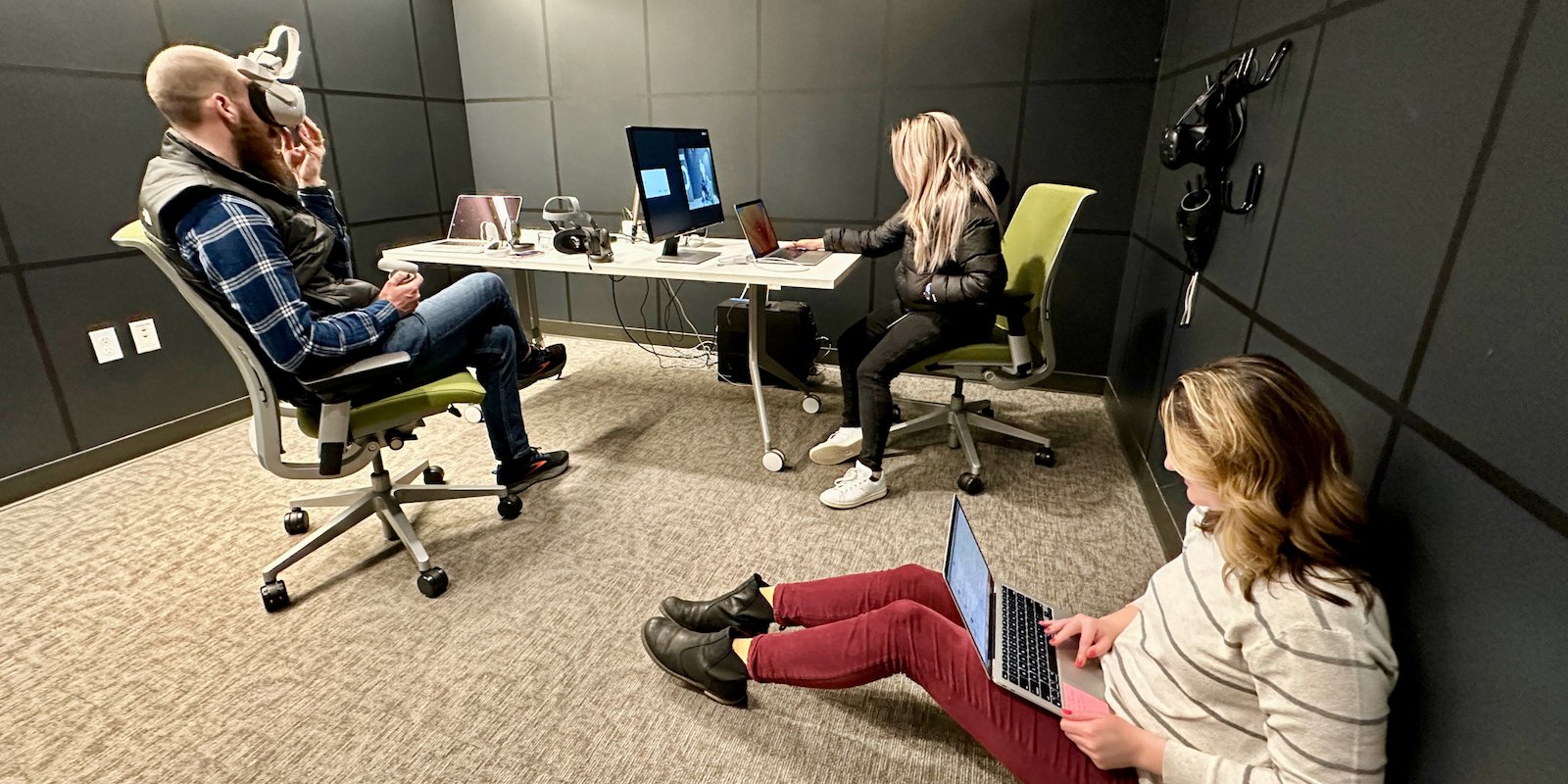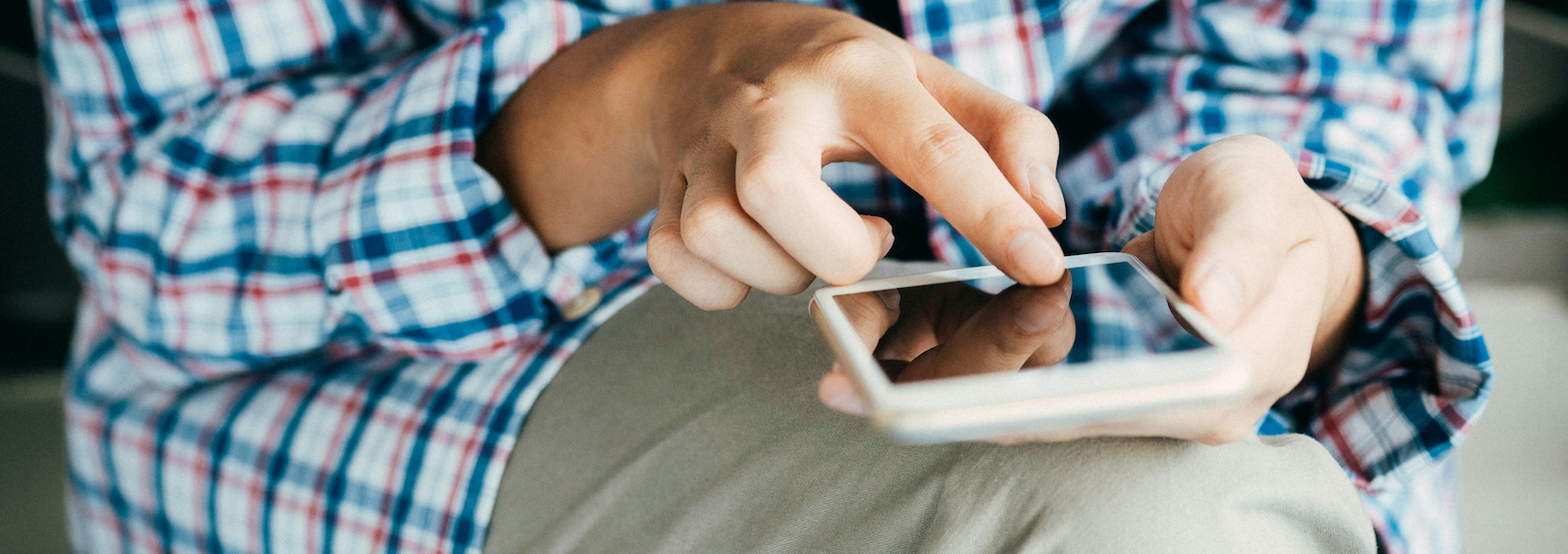What is a user experience prototyping?
UX prototyping is a method for simulating and evaluating an experience or service. In the same way that digital prototypes are used to demonstrate the behavior of an interface in lower fidelity, experience prototypes are used to explore or communicate how a customer might experience a service, space, or product in the real world.
Experience prototypes can take many forms and fidelities depending on the explored concept and whether it is a current or aspirational experience. For instance, an experience prototype of a physical space or environment may be a small-scale paper model. In contrast, a prototype of an organization's service touchpoints may consist of "walking in the customer's shoes" with real artifacts and props.
Benefits + examples of user experience prototypes
Experience prototypes recreate a design's "natural habitat" so we can see how your target users interact with it. For example, at Blink UX, we've tested video game consoles in an improvised living room and smart shower faucets in a faux bathroom made from whiteboard walls. There are many benefits to testing with full-scale experience prototypes.
We conduct many user research sessions in our state-of-the-art labs. Lab-based research has many advantages: it’s a neutral, professional, distraction-free environment. But for some research, sitting at a table in a research lab doesn’t approximate the experience of using a product. That’s where experience prototypes come in.
The idea isn't to make a polished, finished product— not at the research stage. Instead, we're focused on understanding the user experience. At this stage, low-fidelity will work in your favor. Participants feel comfortable sharing their honest feedback when everything looks rough around the edges. Some companies invest in developing a working prototype that's just a step away from the real thing, only to find the concept doesn't work. We believe in the power of cardboard and a little creativity to workshop ideas first. Plus, it's often more efficient.

How to use experience prototypes
Experience prototypes are helpful when you have a specific setting for the end design. For example, the interface on a fuel pump used exclusively at gas stations and the many gas-pumping habits people aren’t even aware of. At Blink, we often conduct testing solely on phones, tablets, and computer screens for apps and online interactions. When the digital merges with the physical world, we know it’s the time to use experience prototypes.
We usually recommend experience prototyping in the early stages of design. When we research a product that already exists or uses technology that is already available, we can often replicate the intended experience automatically. While making assumptions about how users engage with products already on the market is easy, user research uncovers the truth. Armed with research, we can design a product that satisfies your users and fixes the pain points the current technology leaves behind.
Experience prototyping is also helpful for testing technology that doesn’t exist yet. We can mock up the experience of the product itself out of different materials or in virtual reality to see if customers will want and know how to use it. We can also study the most intuitive spot to place the interface based on how users approach it.
How to use experience prototyping to get the most value out of user research:
- Start with the target environment to make it feel realistic.
- Use your simulated location to understand the users, their behavior, and their pain points.
- In the next test, insert the digital touchpoint to see how it changes the experience and if it solves the user’s problems.
- Try several versions of the technology or interface to see what customers prefer.
- Refine the idea and experiment again.
- Prepare medium- and high-fidelity prototypes based on the results of your experience testing.
Interested in prototyping your product or service?
Blink is the design firm for informative experience prototypes and scientific testing. Tell us about your idea, and we'll build it into an experience. Our experts will recreate your concept in context and run trials until we get it right.



